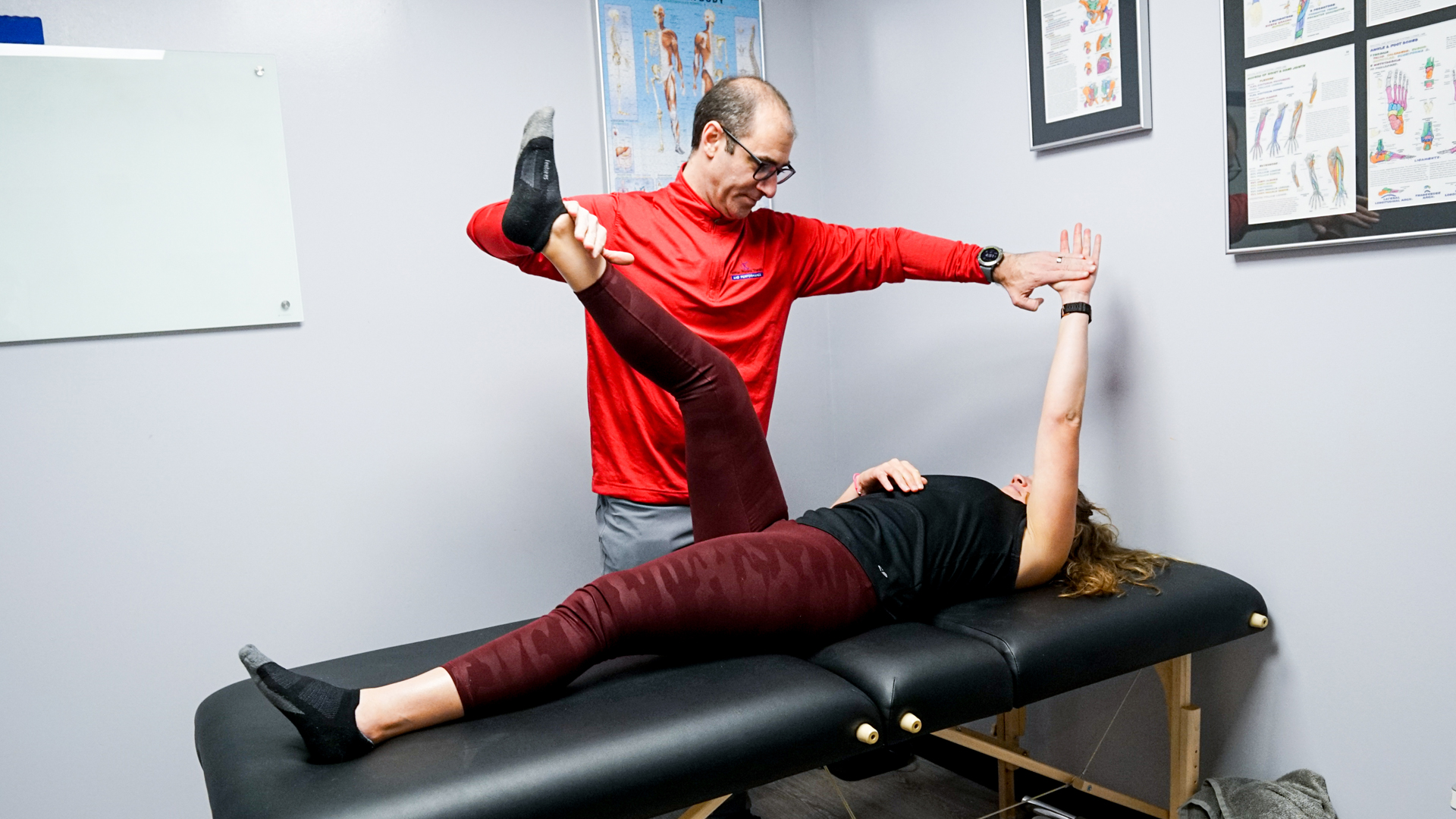The Effect of Environmental Spaces on Exercise Habits and Exercise Choices
Wiki Article
The environment surrounding us holds a crucial role in influencing our exercise routines and activity preferences. Elements like the availability of recreational areas, fitness centers, and additional recreational facilities can encourage individuals to engage in exercise routines. Urban areas often offer easy access to fitness facilities and public spaces, while rural locations may offer different options for exercise, such as hiking or cycling on trails. Understanding how these areas affect our choices can assist neighborhoods create better settings that promote healthy ways of living.
One key aspect of surrounding spaces is the idea of approachability. When individuals have convenient reach to exercise centers, they are more apt to participate in regular exercise. For example, communities with recreational spaces and hiking trails can motivate residents to take daily walks or participate in sports. On the other hand, if individuals live in areas without accessible exercise facilities, they may be less inclined to stay active. This highlights the need for urban designers and community leaders to focus on the creation of reachable leisure areas that serve to the requirements of the population.
Another key factor is safety. Individuals are more apt to participate in public exercise if they perceive safe in their environment. Brightly illuminated parks, maintained walking trails, and low crime rates can create a welcoming atmosphere for physical activity. Conversely, areas that are perceived as dangerous may discourage people from engaging in public activities, leading home health physical therapy to a sedentary lifestyle. Therefore, improving safety measures in public spaces can significantly impact community well-being by encouraging more people to be active.
Another communal factor of exercise is also affected by neighboring areas. Collective exercises, such as group athletic contests or exercise sessions, thrive in settings that encourage community engagement. Community centers, gyms, and parks can serve as gathering places where people connect and motivate each other to stay active. Community support is crucial for maintaining fitness routines, and providing reachable areas where people can meet and engage in physical activities can boost enthusiasm and enjoyment.

Lastly, the aesthetic appeal of surrounding spaces can impact exercise routines and choices. Attractively crafted parks, scenic trails, and well-maintained gyms can inspire individuals to engage in exercise. When areas are aesthetically appealing, people are more likely to spend hours there, engaging in fitness and leisure pursuits. Communities should focus on creating welcoming settings that inspire people to explore various fitness options, allowing it simpler for them to include click here to read physical activity into their daily routines.